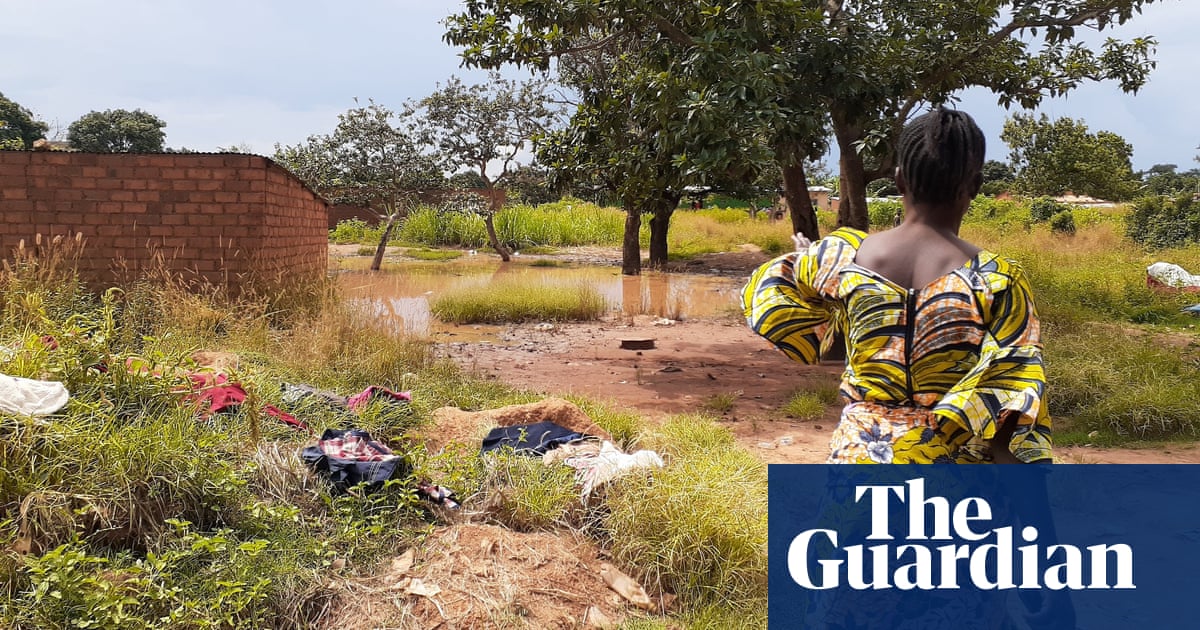Investigation reveals reports of miscarriages, infections and birth defects among women and girls in mining communities
Women and girls living in cobalt-mining communities in the Democratic Republic of the Congo are reporting a “staggering” rise in serious reproductive health issues, including miscarriages and birth defects, according to a new report.
An investigation published by the UK-based human rights group Rights & Accountability in Development (Raid) and the Kinshasa-based NGO Afrewatch said that women and girls living around cobalt mines reported experiencing irregular menstruations, urogenital infections, vaginal mycoses and warts.
According to the report, “a paediatrician, who has been recording patients’ data since 2016, explained that the rates of genital infections and skin pathologies among female patients had exploded. She believed this was because these populations are the primary users of ‘unclean water’, making them particularly vulnerable to diseases.”



This is the best summary I could come up with:
An investigation published by the UK-based human rights group Rights & Accountability in Development (Raid) and the Kinshasa-based NGO Afrewatch said that women and girls living around cobalt mines reported experiencing irregular menstruations, urogenital infections, vaginal mycoses and warts.
Anneke Van Woudenberg, the executive director of Raid, said: “I’ve worked in the DRC for 25 years and men are often reluctant to discuss female health issues.
“While the research is still ongoing, preliminary results from March 2024 show that water pH for all of the rivers and the lake assessed is low,” said Van Woudenberg.
The scientific researchers assess that, given their acidity levels, the rivers have become unable to host fish, and that their water is toxic for human and animal health.”
In response, the companies outlined their commitment to comply with environmental laws and independent auditing, and pointed to the number of cleaner water pumps that they provide to local people.
Nor did they meet the World Health Organization’s guideline of 20 litres per person per day, the bare minimum required for drinking and basic hygiene.”
The original article contains 666 words, the summary contains 178 words. Saved 73%. I’m a bot and I’m open source!